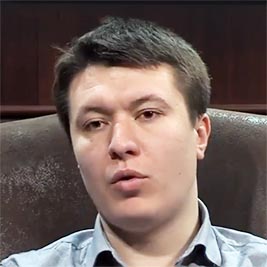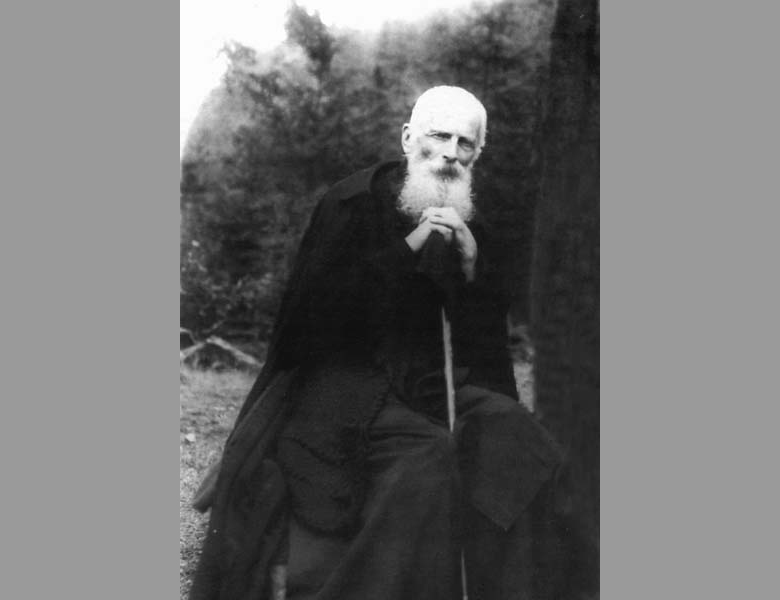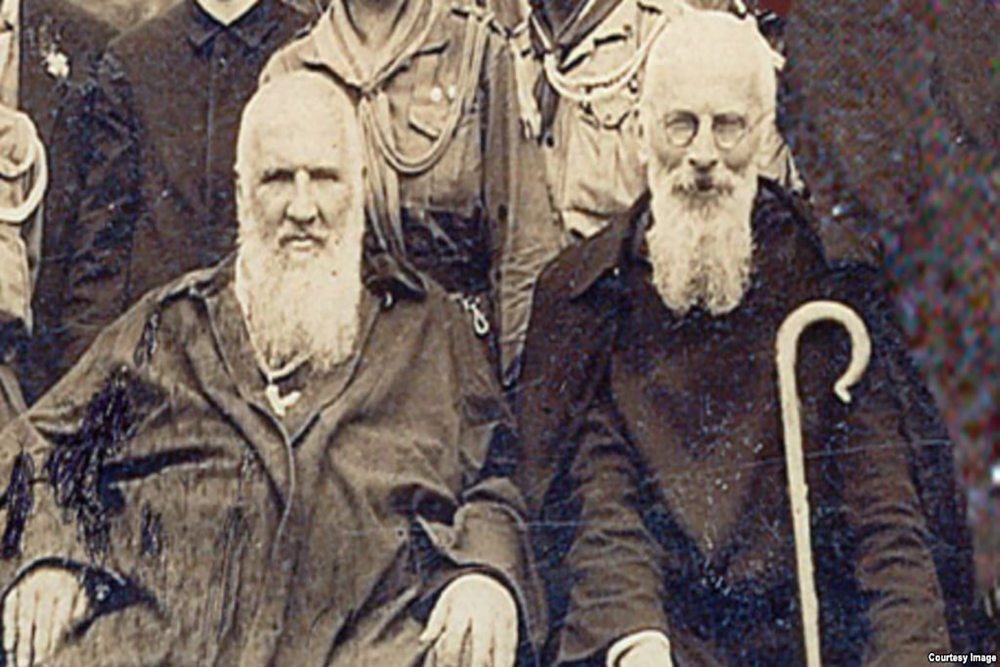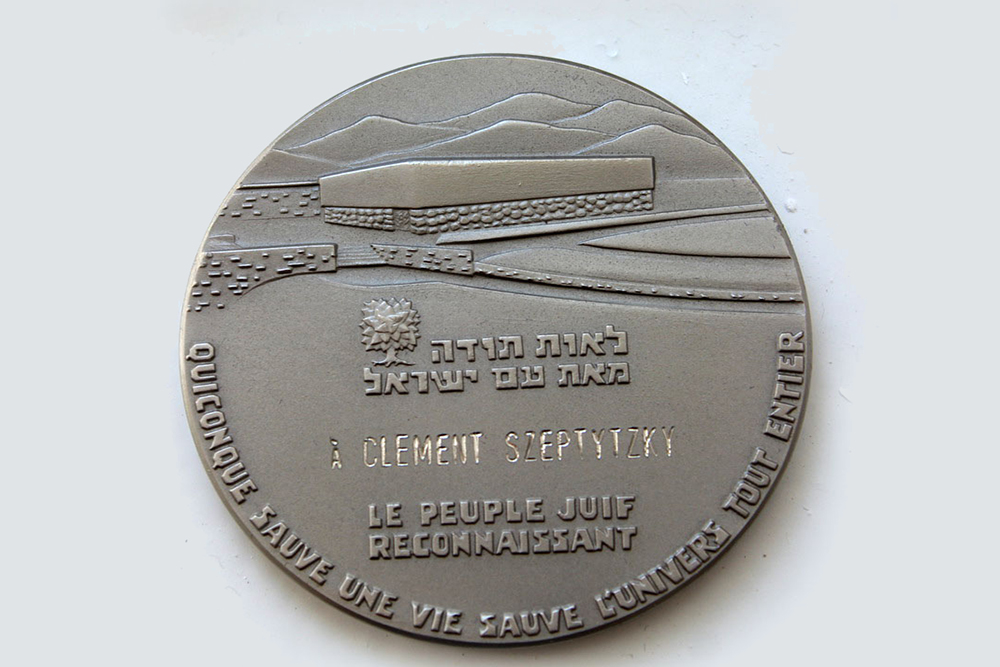Bank of Portraits / Sheptytskyi Klymentii

Sheptytskyi Klymentii
Klymentii Sheptytskyi was born into the aristocratic family of Count Jan Sheptytsky, in one of the villages on the Ukrainian-Polish border. Klymentii got an excellent education. He studied at the best European universities and became a Doctor of Law at the Jagiellonian University in Krakow, having great prospects. From 1900 to 1907, Klymentii even served as an ambassador to the Galician Sejm in the Austrian Parliament. At the same time, he helped his father to manage large family estates and was engaged in record-keeping work.
Despite this, in 1911 Klymentii Sheptytskyi radically changed his life and joined a Benedictine monastery in Germany. In 1915, Klymentii also graduated from one of the best Catholic schools, the University of Innsbruck in Austria. A few years later, Klymentii Sheptytskyi returned to Ukraine, where he became the abbot of the Univ Lavra, and together with his brother Andrei he built a system of churches and monasteries of the Ukrainian Greek Catholic Church.
World War II was a real challenge for all the religious movements, especially in Central and Eastern Europe. The Ukrainian Greek Catholic Church, where the Sheptytskyi brothers held leading positions, was not an exception. The beginning of the war and the division of Poland between the German and Soviet totalitarian regimes moved Western Ukraine into the reality of the anti-religious campaigns of Stalin’s USSR. One of Sheptytskyi brothers was shot down by the Bolsheviks in his native village in 1939. Other members of the Sheptytskyi family were also severely repressed, as they belonged to a noble family and were leading religious figures in the region.

The first Sovietization of Western Ukraine was active, but lasted not very long. In summer 1941, the region was occupied by Nazi Germany. Many religious figures, including Andrei Sheptytskyi, considered this process as the liberation from Soviet anti-religious activities. However, Nazi policy in the occupied Ukrainian lands rapidly dispelled any illusions. The mass extermination of Jews caused by the arrival of the Nazis could not be unnoticed by the Ukrainian Greek Catholic Church leaders. Metropolitan Andrei Sheptytskyi issued a secret order to hide Jews fleeing Nazi persecution. The monasteries supervised by his brother Klymentii were a relatively safe place.
Klymentii Sheptytskyi hid dozens of Jews, including the children of the chief rabbi of Lviv Yezekyil Levin. He helped rabbi’s eldest son Kurt Levin to get fake documents with a Ukrainian name. Thanks to these documents, he managed to go to Poland, and later to North America. From there Kurt Levin started an awareness-raising campaign, as a result of which Klymentii Sheptytskyi eventually received the title of Righteous Among the Nations. With his help, the future Minister of Foreign Affairs of Poland, Adam Rotfeld, was rescued.
The return of the Red Army in the region was a salvation for the Jews who were hiding from the Nazi massacre in the monasteries of the Ukrainian Greek Catholic Church. At the same time, for their rescuers, the return of the atheistic Soviet power led to new persecutions and ordeals. For many Ukrainian Greek Catholic Church figures, including Klymentii Sheptytskyi, these ordeals became fatal. Soviet authorities brought with themselves investigations, searches and imprisonment, about which he wrote the following:
“For me, the prison cell is a monk's cell. I live as I would live in a monastery. I am happy that I can pray a lot, that I can endure it all and sacrifice myself to the Lord God… I think that we are the last sacrifices now and that the Lord will soon change everything for the better, and maybe in a short time. Let us only pray, trust the Lord God, let us not doubt that nothing happens without God's will, and the Blessed Virgin Mary and our patrons saint will help us.” Source - Institute of Church History
Archimandrite Klymentii Sheptytskyi died on May 1, 1951, at Vladimir Central (prison in Vladimir, Russia), where he spent his last days. At 3 a.m. on May 3, his body was buried in a pit near the prison. The exact burial place of the Blessed Martyr Klymentii Sheptytskyi remains unknown.
More than four decades after the death of Klymentii Sheptytskyi, in 1996, he was awarded the honorary title of Righteous Among the Nations.

Taras Horodniak
Kyiv
National museum of the History of Ukraine in the Second World War
-
fingerprintArtefacts
-
theatersVideo
-
subjectLibrary


